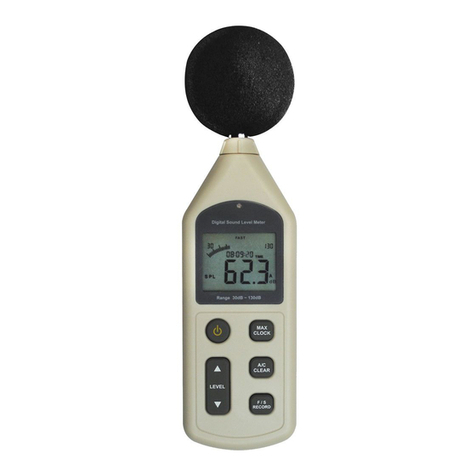
Magnetics that count
BOGEN Magnetics GmbH · Potsdamer Straße 12 - 13 · 14163 Berlin · Germany
F
on
+49
(0)
30
81
00
02
-
0
·
F
ax
+49
(0)
30
81
00
02
-
60
·
[email protected] ·
www
.bogen-magnetics.com
AKS17 installation and operation instruction manual (2021/06/16)
2/14
Safety Instruction
Read these instructions carefully prior to installation and operation. This manual is intended for
professionals who perform the installation and the setup. The assembly of the system requires knowledge of
mechatronics and general health and safety regulations. Follow all warnings and instructions for your own
safety and the safety of your system.
These operating instructions apply to the magnetic sensing head AKS17 in connection with a magnetic scale
for linear or rotary applications.
Risk of electric shock or short circuit!
Incorrect handling of electrical equipment can be
fatal or cause damage to property.
Danger to life!
Unauthorized use of the system can be highly
dangerous. The magnetic position sensing heads
must not be used in life-saving systems such as
airplanes etc.
Risk of pinching
There is a risk of getting pinched between the
sensing head and the magnetic tape. This can lead
to injury or mechanical damage. Avoid getting with
your limbs and tools near the gap between the
head and the tape while the measuring system is in
motion!
Dangers that may follow
Malfunctions of the measuring system can lead to
further risks to the device or the system in which it
is embedded.
When there is evidence that the measuring
system is not working properly, it must be put out
of operation and secured against unauthorized
use. The prescribed safety regulations must be
observed for the use of position sensing head. In
particular, measures must be taken to prevent
dangers to people and property in the event of a
failure. This includes the installation of additional
safety limit switches, emergency stop switches
and the observance of the required environmental
conditions.
Risk of damage for the magnetic layer
Magnetic tapes and sensing heads can be damaged
by magnetic fields! Apply only demagnetized tools
for assembly and maintenance! Improper storage of
magnetic tape rolls can lead to magnetic interaction
between the layers and thus to a reduction of the
measurement accuracy.




























